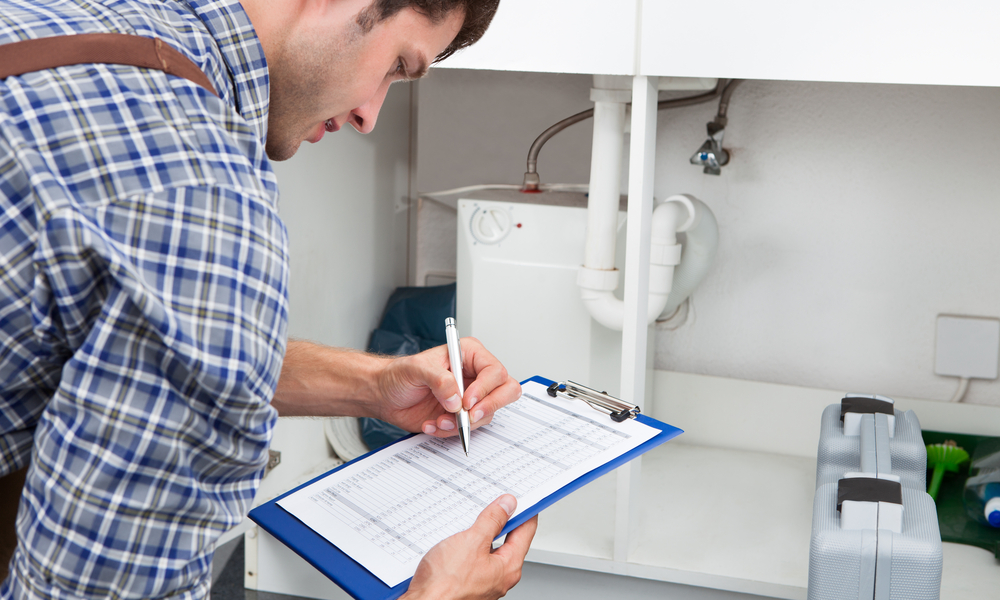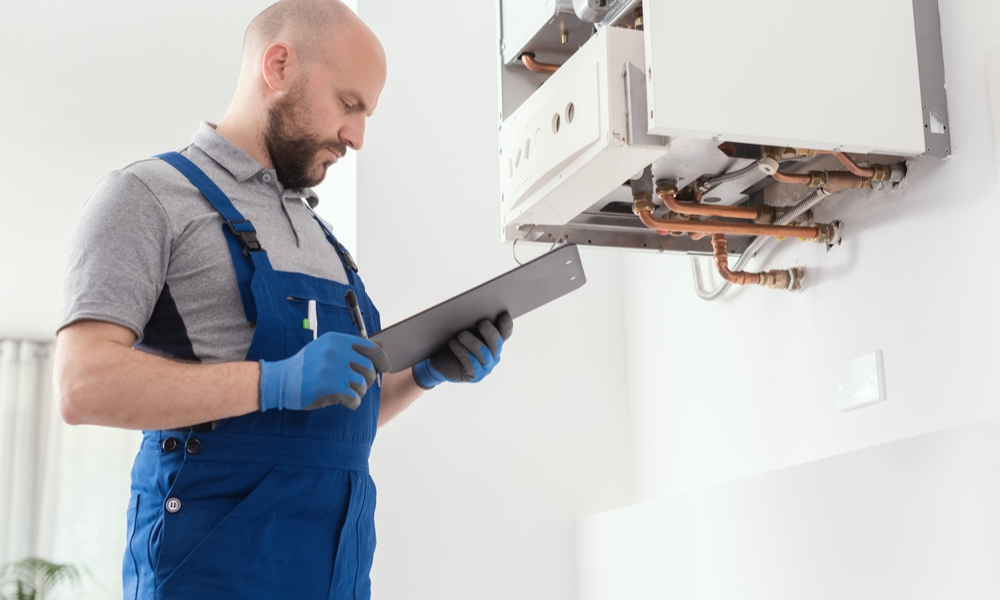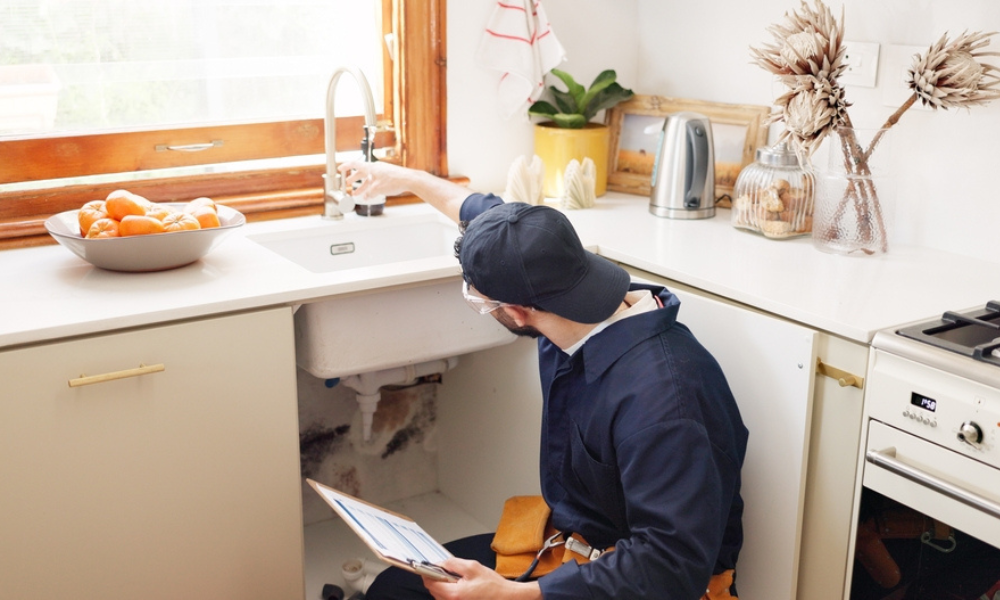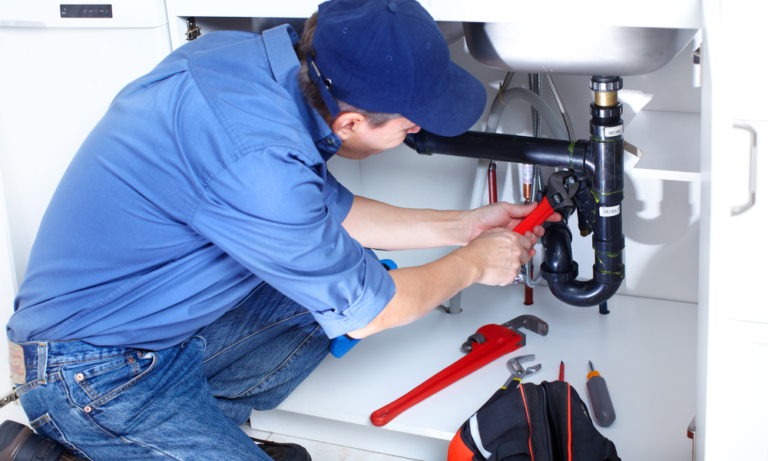Estimated reading time: 5 minutes
Keeping a home in top shape can feel like juggling a never-ending to-do list. As a handyman, I know how overwhelming it can be to tackle everything on your own. That’s why I’ve put together this comprehensive checklist of essential handyman services to help you maintain your home throughout the year. With these tips, you’ll have a clear roadmap to a safer, more comfortable, and functional space.
What You’ll Learn
Seasonal maintenance tasks to keep your home in excellent condition.
Essential repairs and installations every homeowner should know about.
How to decide when to DIY and when to hire a professional.
Pro tips for efficient home upkeep.
1. Seasonal Maintenance Checklist
Each season brings its own set of home maintenance needs. Here’s how I handle them:
Spring
Spring is a great time to tackle cleaning and repair projects after winter’s wear and tear. My top spring tasks include:
Cleaning and repairing gutters to prevent water damage.
Inspecting windows and doors for drafts and sealing them.
Power washing siding and decks to refresh your home’s exterior.
Checking for wood rot around windows and trim.
Organizing outdoor tools and prepping garden equipment.
Summer
In summer, I focus on outdoor projects and preparing the house for hotter weather:
Reversing ceiling fan direction to create a cooling breeze.
Power washing fences, patios, and playsets.
Inspecting and repairing fences or gates.
Installing or repairing outdoor fans for better ventilation.
Checking for standing water to reduce mosquito breeding spots.
Fall
Fall is all about preparing your home for winter:
Clearing leaves and debris from gutters.
Draining and storing hoses to prevent pipe bursts.
Checking and adding insulation in attics or crawl spaces.
Servicing heating systems and testing thermostats.
Organizing garages and storing summer equipment properly.
Winter
Winter weather can be harsh on your home. Here’s what I prioritize:
Switching ceiling fans to clockwise to circulate warm air.
Inspecting and sealing drafty windows and doors.
Preparing snow removal tools, like shovels and salt.
Storing outdoor equipment safely for the season.
Cleaning and inspecting chimneys for safe fireplace use.
2. Essential Home Repairs

Whether it’s fixing what’s broken or preventing bigger issues, these are some must-do repairs I often handle:
Leaky Faucets: Stop those drips to save water and prevent damage.
Damaged Drywall: Repairing holes and cracks to keep walls looking clean.
Broken Fixtures: Replacing light fixtures, doorknobs, or cabinet handles.
Squeaky Doors: A little lubricant can go a long way in silencing annoying noises.
Loose Handrails: Tightening or replacing them ensures safety.
3. Key Installations for a Safer, More Functional Home
Sometimes, a simple installation can make a world of difference. Here are a few I recommend:
Shelving and Storage Solutions: Maximize space with custom shelving or closet organizers.
TV Mounting: Avoid clutter and safely secure your television.
Light Fixtures: Installing new lighting can instantly brighten and modernize a space.
Storm Doors and Windows: Adding these can improve insulation and energy efficiency.
Smart Thermostats: These can help cut down energy bills while keeping your home comfortable.
4. DIY vs. Hiring a Professional

Some tasks are easy to do yourself, but others are best left to someone like me. Here’s how I break it down:
When to DIY
Painting a single wall or small room.
Changing lightbulbs or basic filters.
Simple furniture assembly.
When to Call a Pro
Electrical or plumbing repairs (safety first!).
Structural repairs like fixing sagging floors or damaged walls.
Installing heavy or complicated items like chandeliers or ceiling fans.
5. Pro Tips for Stress-Free Maintenance
Here’s what I’ve learned from years of experience to make home upkeep easier:
Organize Your Tools: A well-stocked and organized toolbox saves time and frustration.
Create a Maintenance Schedule: Break tasks down by month to avoid overwhelm.
Don’t Delay Small Repairs: A tiny problem today can turn into a costly repair tomorrow.
Invest in Quality: Whether it’s tools or materials, spending a little more upfront often pays off in the long run.
6. Benefits of Having a Handyman on Call
Life is busy, and sometimes you just need an expert to step in. Here’s why having a go-to handyman is a game changer:
Convenience: One call can solve a range of issues.
Peace of Mind: Knowing that repairs are done professionally and safely.
Cost Savings: Regular maintenance can prevent expensive problems down the line.
7. How to Choose the Right Handyman
When looking for someone to help with your home, here’s what I recommend:
Check Credentials: Make sure they’re licensed, insured, and experienced.
Read Reviews: Customer feedback can give you insight into their reliability.
Ask Questions: Clarify what services they offer and get a clear estimate upfront.
8. Wrapping It Up
Keeping up with home maintenance doesn’t have to be overwhelming. With this checklist, you’ll have a clear plan to handle seasonal tasks, essential repairs, and professional upgrades. And when it’s time to call in a pro, I’m here to help. Together, we can keep your home in its best shape year-round.
So, what’s on your to-do list? Let’s tackle it today!



